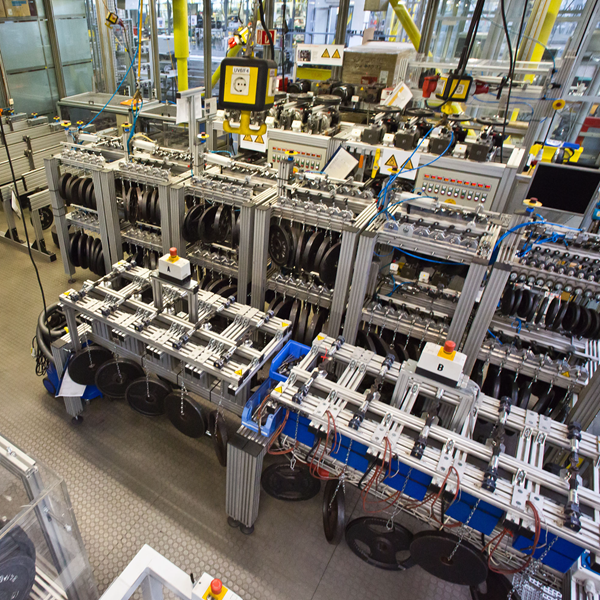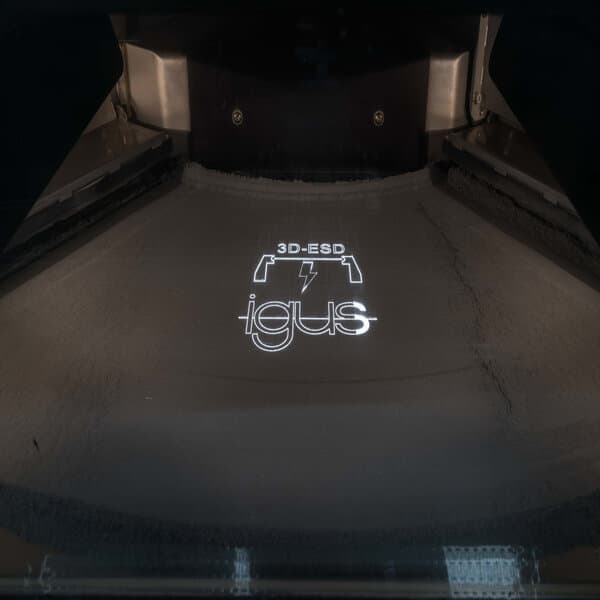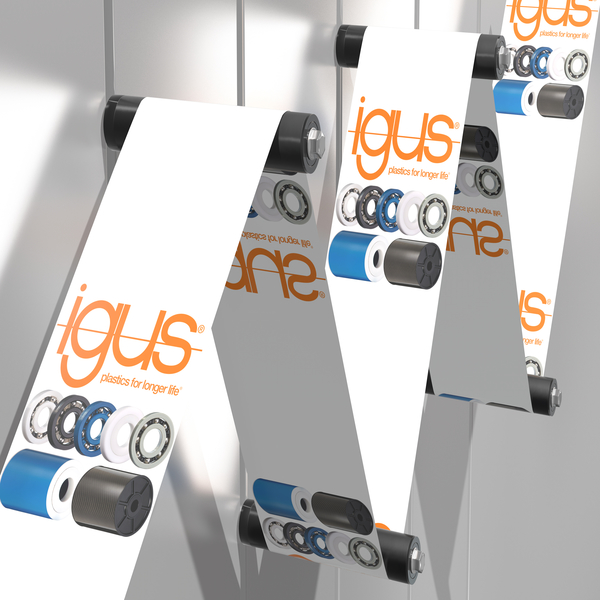Pressure vs velocity, what you need to know
Pressure vs velocity is more commonly known as the PV value in the engineering world.
It is a calculation that is essential when ensuring the correct material is being specified for applications. But where does this calculation come from and why is it important to understand? Before you read this, if you would rather speak to someone about this topic as opposed to reading it, give us a call. If not, read on.
Back to the beginning
To understand the complexity and necessity of the relationship of pressure versus velocity, it is important you understated the history.
It all starts with tribological properties of materials. “Tribo” is the Greek word for “rubbing or rub”. The study of the relationship between friction and wear became known as “Tribology”, which has a relationship to the PV value.
For example, trying to reduce friction and wear goes back as far as the Egyptians who used wood and animal fat to reduce the friction and wear of wooden boards to assist the manoeuvrability of huge stone blocks. They added a lubricant, a wet messy lubricant at that.
That is the key, adding lubricants. However, wet lubricants are not always the best option, and this is why with igus® products, we add solid lubricants to enhance the tribological properties and enhance the PV value.
So, that briefly gives you an idea of what the tribological properties of materials have to do with the pressure versus velocity issue, but before delving in deeper, let’s look at what the term PV value means.
What is the PV value?
The PV value is the relationship of pressure (P) and velocity (V). For plain bearings, a maximum PV value is usually indicated in supplied data. This is the amount of heat that can be removed per unit of time due to the heat dissipation capacity of the materials involved. Broken down, this means that if the heat generated due to movement under load is now greater than the heat that can be dissipated in the same time, the bearing point heats up until the components fail.

The easiest way to look at this is with an example: elephant v stiletto.
An elephant’s foot has a large surface area.

A stiletto has a tiny surface area on the heel.
Forces spread evenly over a larger surface area mean the pressure is lower, therefore the heat generated under sliding conditions is lower than, for example, over the tiny surface of a stiletto.
When looking at pressure versus velocity you are referring to pressure versus speed.
Another example: If you run your finger over a desk quickly, the faster you go and more pressure you apply the hotter it gets. If you then wet your finger, it will run easier as the friction is lower, and therefore reduces the heat.
And heat is the enemy of plastic.
For a more in-depth blog on this topic, you can read it here: https://blog.igus.co.uk/how-do-you-calculate-surface-pressure/
Pressure vs velocity
The PV value makes it possible to say whether a plain bearing is theoretically suitable for movement in the bearing point but, unfortunately, it cannot predict the durability of the plain bearing within the application, there are too many variables. However, what it can do is help aid you in choosing the most optimum plain bearing for your application.
This topic can be a confusing one so if you need any help understanding it or want assistance choosing the best suited plain bearing for your specific application you can give us a call, drop us an email or go onto our live chat facility where you will be met with a real person and not a robot.



